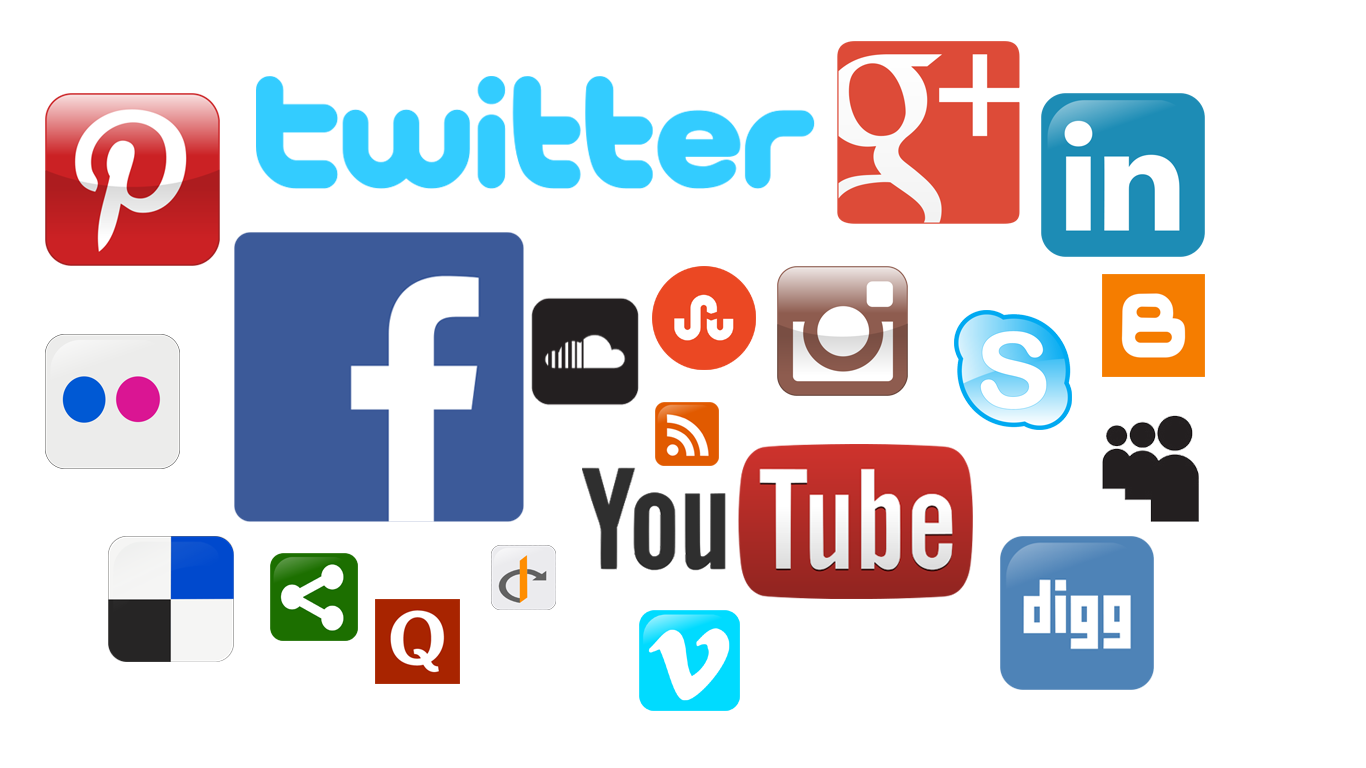With regard to reflection and feedback, some of the greatest tools since personal feedback have cumulated from web 2.0 technologies. Feedback is now something that can occur easily before, after and during educational activities and can be anonymous or personally directed. The benefits of utilizing technology to do this can increase the effectiveness of teaching methods used by the instructors knowledge of the cohort (Haddad & Kalaani, 2014). Tools such as Google Forms, Google Sheets, mQlicker, PollDaddy and YouTube are effective in providing real-time formative assessment in the form of feedback for students and instructors alike in in-person settings as well as hybrid or online settings. Social media can also be effective in efforts of giving and receiving feedback but has less control and privacy as opposed to the other aforementioned methods. In a systematic review of utilizing social media in healthcare education, 57% of reviewed works utilized social media for feedback, while 29% felt that privacy concerns were apparent (Cheston, Flickinger & Chisolm, 2013). Based from this, more secure methods such as Google tools and mobile optimized survey software may be the best options for gathering feedback and protecting privacy.
My pick of the lot would probably be Google Forms. Google Forms allows for surveys and feedback to be gathered and shared to specific people or by sharing an unpublished link. Furthermore, Google Forms collects data into Google Sheets which is very comparable to Microsoft's Excel. Google Sheets can be programmed to generate charts, reports and visuals that can be shared easily with others for effective comparisons for learners and faculty to review. The greatest benefit is that it is free to use, easy to access, mobile compatible and can be integrated or embedded into any platform that allows open-internet accessibility. As Google recommends, personal information or passwords should not be published into their tools out of the likelihood of privacy concerns, but are very effective in gathering all other kinds of information.
My pick of the lot would probably be Google Forms. Google Forms allows for surveys and feedback to be gathered and shared to specific people or by sharing an unpublished link. Furthermore, Google Forms collects data into Google Sheets which is very comparable to Microsoft's Excel. Google Sheets can be programmed to generate charts, reports and visuals that can be shared easily with others for effective comparisons for learners and faculty to review. The greatest benefit is that it is free to use, easy to access, mobile compatible and can be integrated or embedded into any platform that allows open-internet accessibility. As Google recommends, personal information or passwords should not be published into their tools out of the likelihood of privacy concerns, but are very effective in gathering all other kinds of information.
References
Boud, D., & Molloy, E. (2013). Feedback in higher and professional education: understanding it and doing it well. Routledge.
Cheston, C. C., Flickinger, T. E., & Chisolm, M. S. (2013). Social media use in medical education: a systematic review. Academic Medicine, 88(6), 893-901.
Haddad, R. J., & Kalaani, Y. (2014). Google Forms: A Real-Time Formative Assessment Approach for Adaptive Learning.
Nicol, D., Thomson, A., & Breslin, C. (2014). Rethinking feedback practices in higher education: a peer review perspective. Assessment & Evaluation in Higher Education, 39(1), 102-122.








